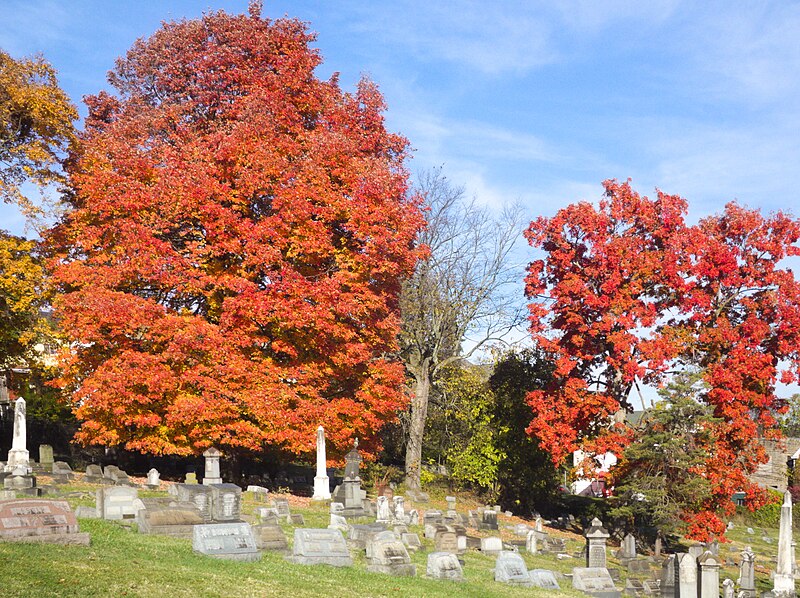
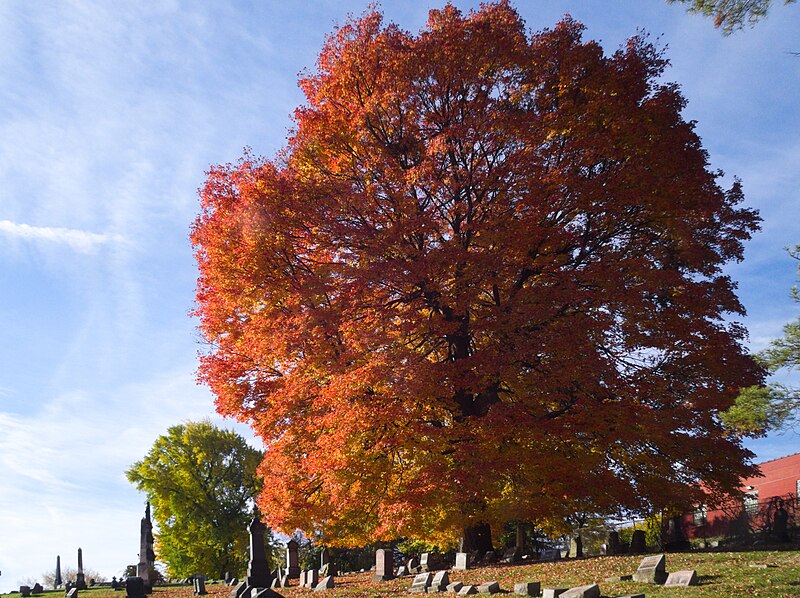

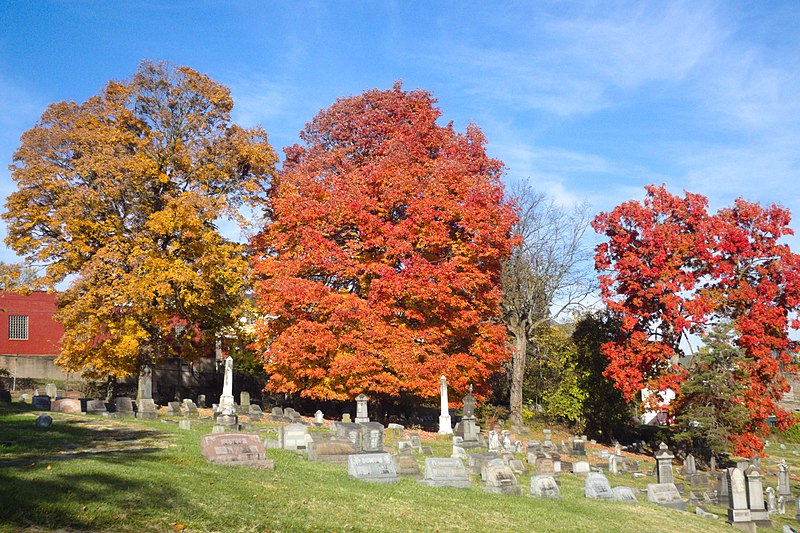



A towering pile of eclecticism topped by a curiously amateurish statue, this is by far the grandest monument in this little Lutheran cemetery in Mount Oliver. It marks a family plot that still retains its original stone fencing.

The eyes make this wreath-bearing mourner look as though someone just stuck a pin in her.


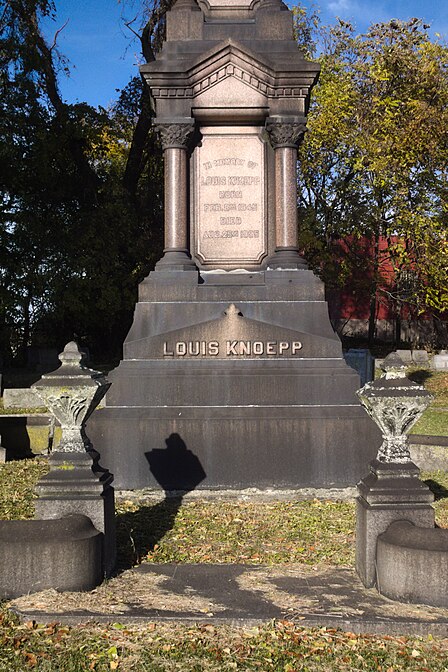

Louis Knoepp was just forty years old when he died and left this thing to remember him by.
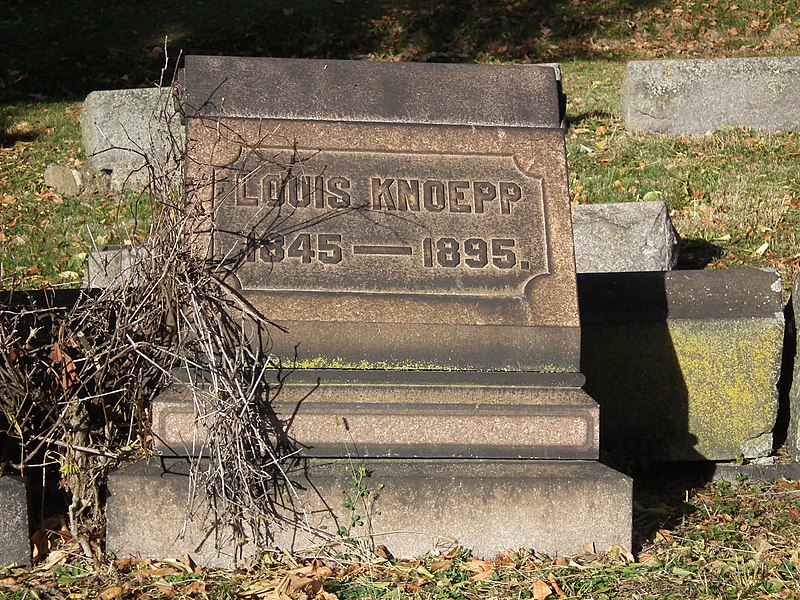
He rests under this headstone next to his father and mother.

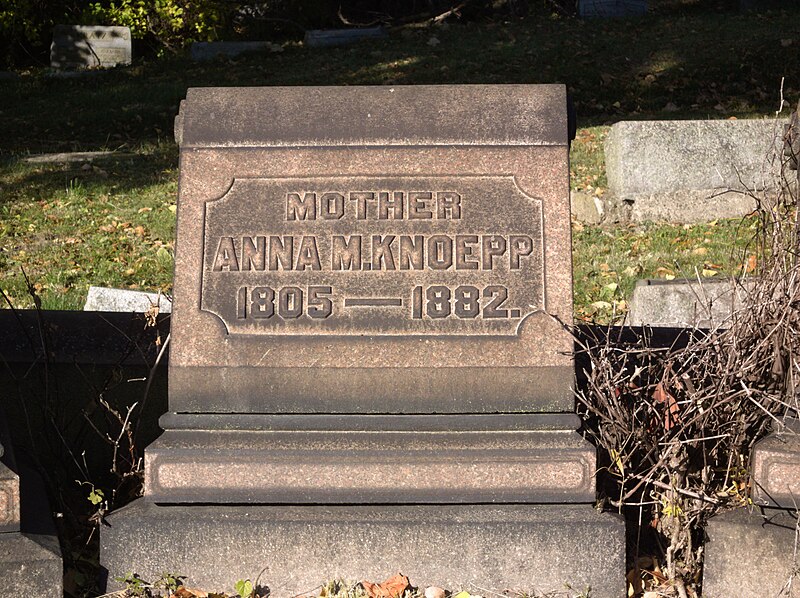



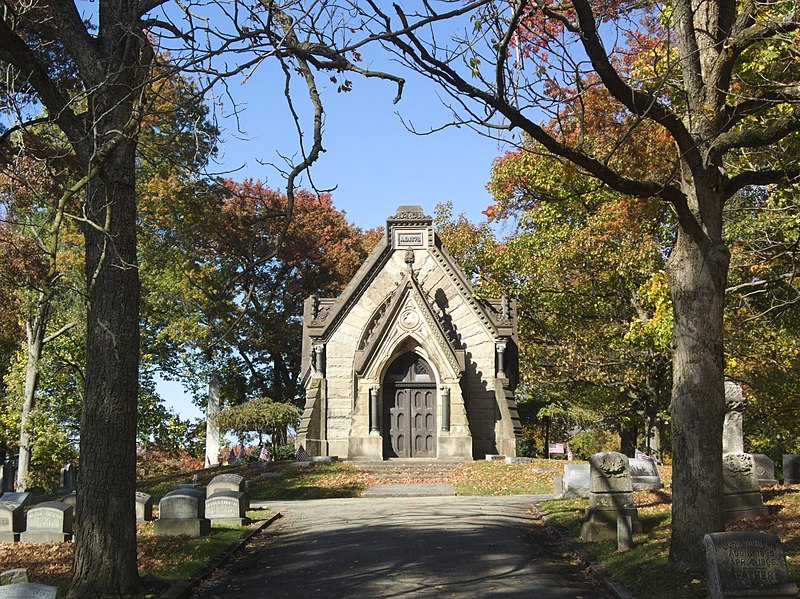
Built in 1878, this was originally the receiving vault for the cemetery: if you died in the winter when it was impossible to dig, you would rest here until spring. Now it is a columbarium, a place where cremated remains are kept. It is a masterpiece of Victorian Gothic architecture.
Strange as it seems, old Pa Pitt has never published pictures of this building before, although he has been accumulating them for years.

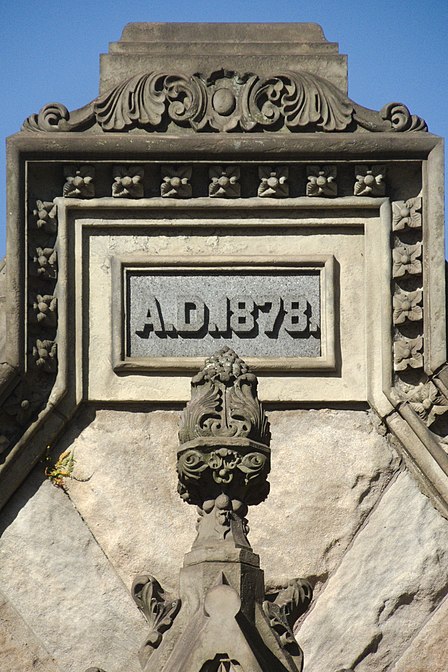
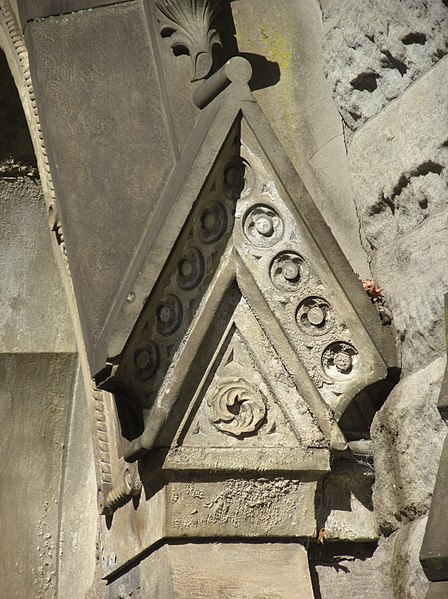



The pictures below are from November of 2021.





